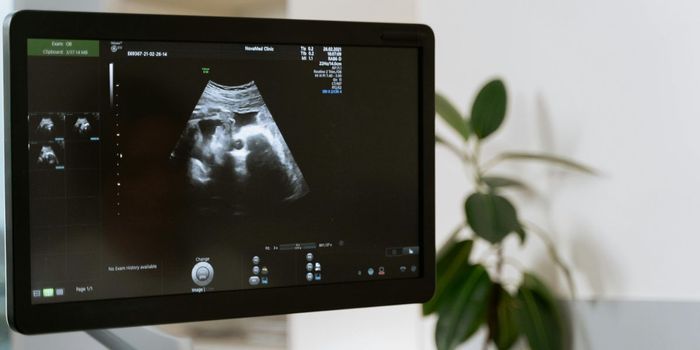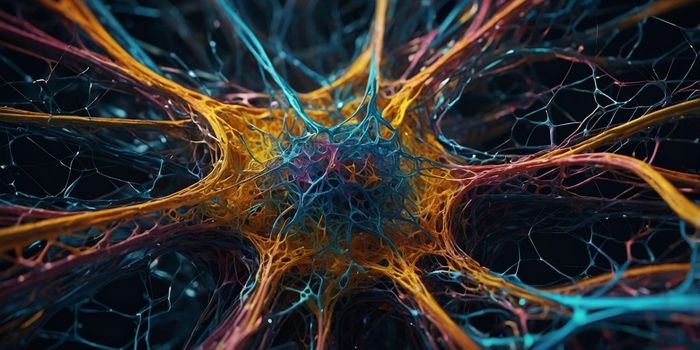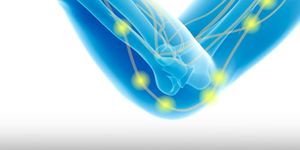Your brain tells if a placebo can treat pain
The placebo effect, a fake treatment with real therapeutic outcomes often confounds the merit of successful drug trials. This questionable clinical response is often attributed to the psychological expectation of a positive outcome. This response translates to release of warm and fuzzy neurotransmitters like dopamine and endorphins in cortical structures responsible for moods, emotions, and awareness. Even knowing that you are getting a placebo does not change the outcome specifically for migraine pain treatment as shown by Kaptchuk and colleagues in 2014. The placebo was 50% as effective as the real drug in reducing the pain and this result was attributed to the positive effect of ritual pill taking in general.
But is it beyond just positive thinking? What happens in the brain that leads to the placebo effect?
These questions drove the researchers at Northwestern University Feinberg School of Medicine to investigate placebo effects in clinical settings. Their recent publication in Nature Communications identified specific psychological factors, anatomical features and functional connectivity between selective regions that could predispose a subset of patients response to placebo.
This was one of the many stellar publications from the Apkarian Lab with an apt tagline Pain and Passions by their post-doctoral fellow Dr. Etienne Vachon-Presseau as the lead author. This study expands on the previously identified predictors based on brain functional connectivity for the treatment of pain and addresses the inherent variability of cortical activity before and after treatment. To that end, they also cross-validated an algorithm that successfully predicted the response magnitude to placebo pain treatment.
After screening 129 chronic back pain patients and excluding all subjects that did not meet the study requirements, a total of 63 patients divided into 3 groups of 20, were studied to compare responses between the no treatment group to randomized placebo treatment group. In the 6 visits that spread over 8 weeks, the placebo response was tracked through psychological questionnaires and neuroimaging scans (MRI: Magnetic Resonance Imaging and DTI: Diffusion tensor imaging). Additionally, an interactive phone application, specifically designed for the study was also used to track the patient’s pain over time rather than just during their visits.
Three characterization approaches were used to understand the predisposed response to placebo administration. Firstly, pain scores received via the smartphone app showed the analgesic effects of placebo when compared to no treatment patient cohort. Moreover, the pain reduced further in the responders over time reaching a stable value for both treatment and washout periods. Second, anatomical characteristics including subcortical limbic volume asymmetry, sensorimotor cortical thickness, and functional coupling of prefrontal regions, anterior cingulate and periaqueductal gray were the natural traits that were selectively present in the placebo effect observed population. However, studying the brain structures that are associated with the emotional state, chronic pain and placebo response in healthy individual risk factors like the amygdala, hippocampus and nucleus accumbens did not reveal anything. Lastly, 15 psychological questionnaires with 38 subscales revealed that subjects with interoceptive awareness and openness were predisposed to the placebo effect.
The observed psychological traits and functional connectivity patterns prior to placebo treatment when put through machine learning also predicted the magnitude of the placebo effect independently. A nested leave-one-out cross-validation method was used to predict each patient response using independent training samples. The training was done with one data set at a time. The classifier was first trained with the questionnaire data and then the functional connectivity maps were fed through. An interesting observation made was that prediction accuracy did not differ significantly when trained with questionnaires alone vs in combination with brain maps.
The systematic study design and execution with novel cross-validated predictive analysis sheds light on understanding and preparing for the complex placebo effect in the perspective of chronic pain treatment. Moreover, the authors also suggest that the questionnaire based easy pre-study patient survey might be enough to predict the positive placebo response population.
Image Source: Vox








